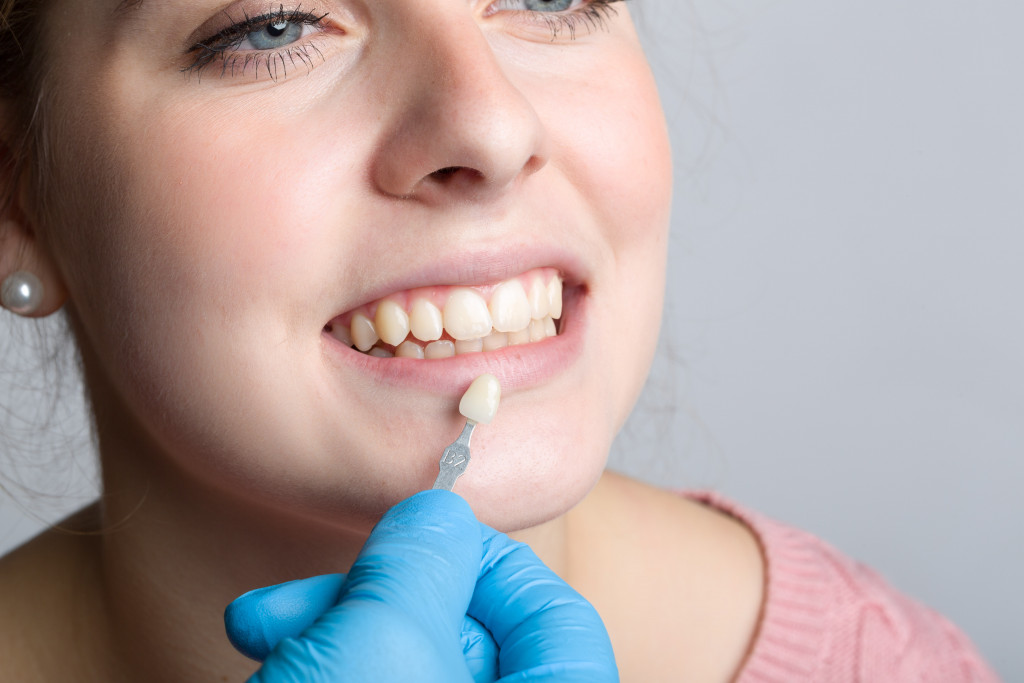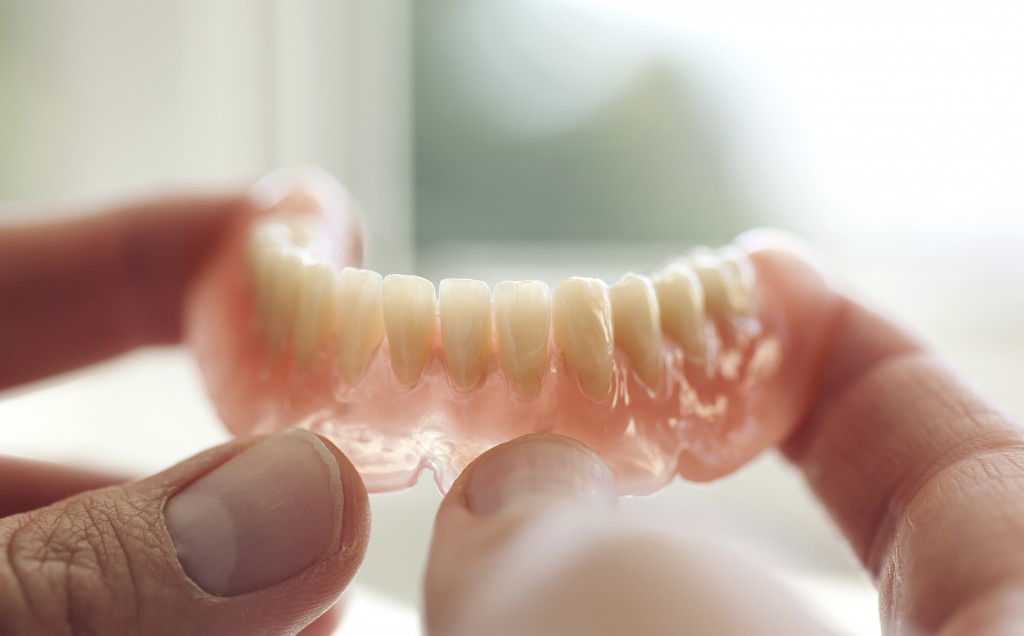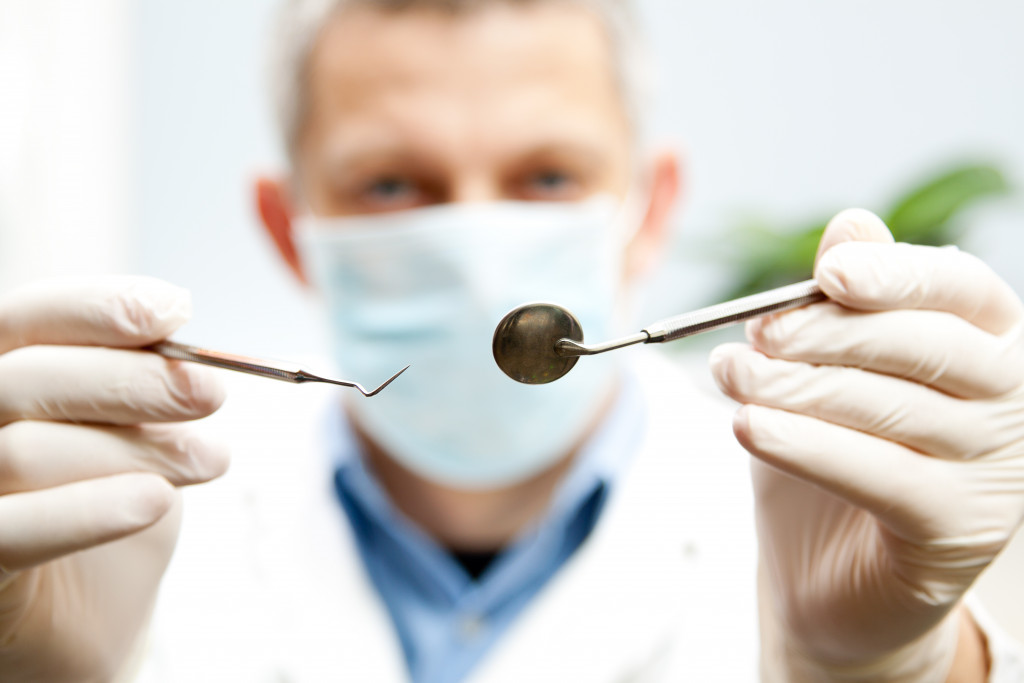- Dental procedures have come a long way from crude methods used in ancient times.
- Minimally invasive dentistry aims to preserve as much of the natural tooth structure as possible.
- Cosmetic dentistry enhances the appearance of teeth, gums, and smiles.
- Digital dentistry uses advanced imaging technology and 3D printing to speed up the process and provide more precise outcomes.
- Technology such as guided surgery, robotics, and augmented reality may feature in the future of dentistry.
The field of dentistry is one of the oldest branches of medical science. For centuries, people have been searching for ways to maintain and improve their oral health. Over time, dental procedures have become more advanced, efficient, and patient-friendly. From tooth extractions to cosmetic dentistry, the field has undergone a significant transformation, thanks to the advancement in technology and innovative techniques. Here’s a closer look.
Evolution of Dental Procedures:
In ancient times, dentistry procedures relied heavily on traditional remedies or crude methods. For example, in Egypt, dental decay was treated by footing a mixture of honey and powdered barley into cavities.
In the 18th century, dentures were made of animal teeth, ivory, or human teeth. Dentistry procedures only started to improve significantly in the 19th century with the discovery of anesthesia, which made it possible to perform painless dental functions.
With time, dentistry became a specialized profession, and today it has several subsets, including pediatric, orthodontics, and cosmetic dentistry.
Minimally Invasive Dentistry:
Another recent trend in dentistry is that of minimally invasive dentistry. This approach has been developed to help preserve as much of the natural tooth structure as possible. It involves using advanced techniques and materials to restore teeth without removing the healthy portion of the tooth. Here are some examples:
Laser Therapy
Laser therapy has become a popular treatment option in dentistry, as it is less invasive than traditional treatments. It involves the use of highly focused light beams to remove microorganisms and decay from teeth or to shape and contour gums. Laser technology is also used for whitening discolored teeth and treating gum diseases like periodontitis.
Resin Fillings
When it comes to fillings, the traditional methods of using amalgam (a mixture of metals) are no longer as popular. Instead, dentists now use resin or composite fillings, which not only look more natural but also cause less damage to the tooth structure. Resin is made of plastic and glass particles, which can be molded to the shape of the tooth.
Veneers
Veneers are thin, custom-made shells of tooth-colored materials that are bonded to the teeth to improve their appearance. Natural-looking dental veneers can be used to correct chips, cracks, and discolorations in teeth and make them look brighter and straighter.

Cosmetic Dentistry:
Cosmetic dentistry has come a long way in the past few decades as people have become more conscious of their appearance. It involves the use of advanced techniques and materials to improve the appearance of teeth, gums, and overall smile. Here are some ideas:
Dental Implants
Dental implants are a form of cosmetic dentistry that can replace missing teeth and restore your smile. Made from titanium, these prosthetic teeth implants become fused with the jawbone to provide a secure base for replacement teeth. Dental implants look and feel like natural teeth, making them the most natural-looking option for people who have lost their teeth.
Braces
Braces are another popular form of cosmetic dentistry and are used to correct misaligned teeth or correct bite issues. Braces can be made from metal, ceramic, or clear materials and work by applying gentle pressure on the teeth to move them into the desired position.
Dentures
Dentures are removable prostheses that replace missing teeth. They can be made from different materials such as acrylic, metal, or porcelain and offer a natural-looking alternative to dental implants or bridges.

The Rise of Digital Dentistry:
Digital dentistry has become a significant trend in the dentistry world. It involves using advanced imaging technology and 3D printing to enhance the accuracy, efficiency, and predictability of dental procedures.
Through this technology, dental professionals can obtain detailed diagnostic information, plan dental procedures, and fabricate prosthetic teeth in a fraction of the time. Digital dentistry is also more comfortable for patients since it eliminates the need for gooey impressions and provides more precise treatment outcomes.
As technology continues to advance, the future of dentistry will become even more patient-friendly, efficient, and accurate. In the coming years, tools like guided surgery, robotics, and augmented reality may well become mainstream in the future. This will help to improve dental diagnoses, treatment planning, and patient communication.
Dentistry is an ever-evolving field that has come a long way from the crude methods used in the early days. Today, dentistry procedures are more efficient, accurate, and patient-friendly. Advanced technology, digital dentistry, minimally invasive procedures, and cosmetic dentistry are all significant trends that have transformed the field. Besides, the future of dentistry looks promising, with advanced technology set to take the lead in the coming years. So, if you’re looking to improve your oral health and appearance, now is the right time to take advantage of the advanced procedures that are available.
